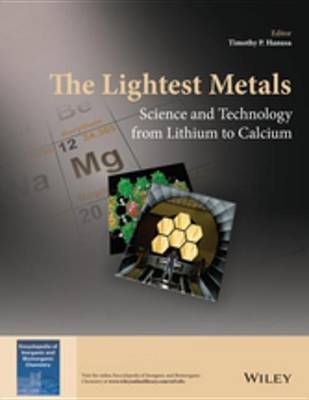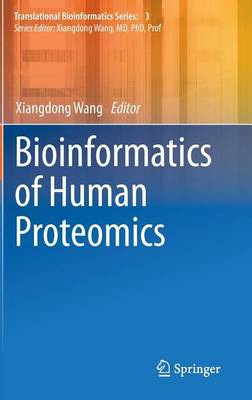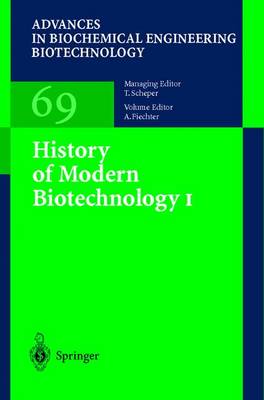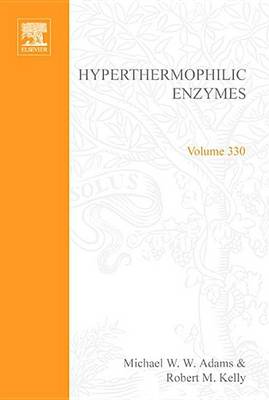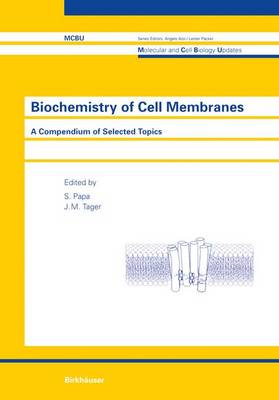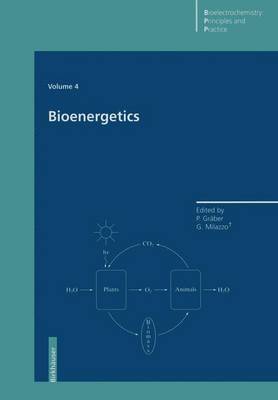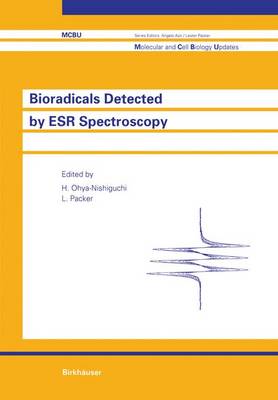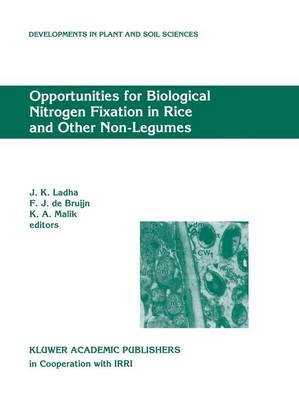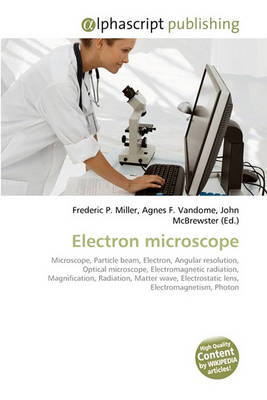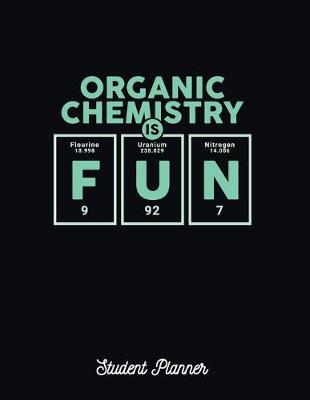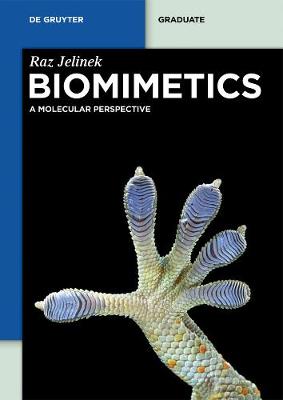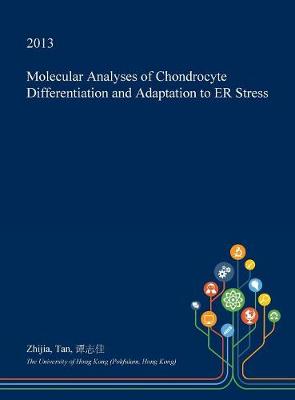Intended for the one-semester, sophomore/junior level course, Boyer's text is written for a range of majors including Chemistry, Biology, Food Science, Agriculture, Pharmacy, and Environmental Studies. It is also appropriate for use in one-term Biochemistry courses now required for certification by the American Chemical Society. Prerequisites for the course include General and Organic Chemistry. Boyer enhances the understanding of biological processes by initiating the study of Biochemistry with...
The first seven metals in the periodic table are lithium, beryllium, sodium, magnesium, aluminium, potassium and calcium, known collectively as the lightest metals . The growing uses of these seven elements are enmeshing them ever more firmly into critical areas of 21st century technology, including energy storage, catalysis, and various applications of nanoscience. This volume provides comprehensive coverage of the fundamentals and recent advances in the science and technology of the lightest m...
Bioinformatics of Human Proteomics (Translational Bioinformatics)
by Wang Xiangdong
Recent Research Developments in Biophysical Chemistry
by Carlos A. Condat and Ana Baruzzi
Air Conditioning and Refrigeration Equipment in Uruguay: A Strategic Reference, 2007
History of Modern Biotechnology I (Advances in Biochemical Engineering/Biotechnology, #69)
History of Modern Biotechnology, devided into two volumes (69 and 70), is devoted to the developments in different countries. A.L. Demain, A. Fang: The Natural Functions of Secondary Metabolites.- T. Beppu: Development of Applied Microbiology to Modern Biotechnology in Japan.- H. Kumagai: Microbial Production of Amino Acids in Japan.- T.K. Ghose, V.S. Bisaria: Development of Biotechnology in India.- M. Roehr: History of Biotechnology in Austria.- J. Hollo, U.P. Kralovanszky: Biotechnology in Hun...
Hypertheromphilic Enzymes, Part a (Methods in Enzymology) (American Popular Culture)
The critically acclaimed laboratory standard for more than forty years, Methods in Enzymologyis one of the most highly respected publications in the field of biochemistry. Since 1955, each volume has been eagerly awaited, frequently consulted, and praised by researchers and reviewers alike. Now with more than 300 volumes (all of them still in print), the series contains much material still relevant today--truly an essential publication for researchers in all fields of life sciences. This volume...
This book consists of a series of reviews on selected topics within the rapidly and vastly expanding field of membrane biology. Its aim is to highlight the most significant and important advances that have been made in recent years in understanding the structure, dynamics, and functions of cell membranes. The progress that is being made in research in this field is due to the application of integrated experimental ap- proaches, utilizing sophisticated and novel techniques in molecular biology, c...
Bioenergetics, the topic of volume 5 of this Series, is concerned with the energetics, the kinetics, and the mechanisms of energy conversion in biological systems. This phenomenon can be investigated on diffe- rent levels of complexity. On a global level the role of biological pro- cesses for the steady state of our enviroment is considered. At the physiological level, the relation between energy input and the physiolo- gical state of an organism is of interest, while at the cellular level the b...
Bioradicals Detected by Esr Spectroscopy (Molecular and Cell Biology Updates)
This book is based on two keywords: Bioradical and ESR. Bioradical is a newly coined word which encompasses paramagnetic species in biological systems, such as active oxygen radicals and transition metal ions. Research on the structure and function of bioradicals has been attrac- ting growing attention in the field of biological science, and comprehensive investigations from many fields are helping to understand the real features of these species. ESR spectroscopy also has interdisciplinary feat...
During the next 30 years, farmers must produce 70% more rice than the 550 millions tons produced today to feed the increasing population. Nitrogen (N) is the nutrient that most frequently limits rice production. At current levels ofN use efficiency, we will require at least double the 10 million tons of N fertilizer that are currently used each year for rice production. Global agriculture now relies heavily on N fertilizers derived from petroleum, which, in turn, is vulnerable to political and e...
The 2007-2012 World Outlook for Infants and Childrens Knee-High Hosiery in Sizes 3 Through 8.5
by Philip M. Parker
Instant Access to the Wileyplus Course + Loose-Leaf Print Companion for Essential Biochemistry Fourth Edition
by Charlotte W Pratt and Kathleen Cornely
Electron Microscope
by Frederic P Miller, Agnes F Vandome, and John McBrewster
Biological systems have always inspired mankind in the creation of new systems and technologies. In recent years the interface between the biological and non-biological worlds appears increasingly blurred due to significant advances both in our understanding of biological phenomena, as well as the development of sophisticated means to manipulate molecular systems for varied applications. Biomimetics as a distinct discipline shows how biology and biological processes are manifested in diverse asp...
Molecular Analyses of Chondrocyte Differentiation and Adaptation to Er Stress
by Zhijia Tan
The 2007-2012 World Outlook for Rim Locks and All Other Locking Devices
by Philip M. Parker
Data Mining and Applications in Genomics (Lecture Notes in Electrical Engineering, #25)
by Sio-Iong Ao

